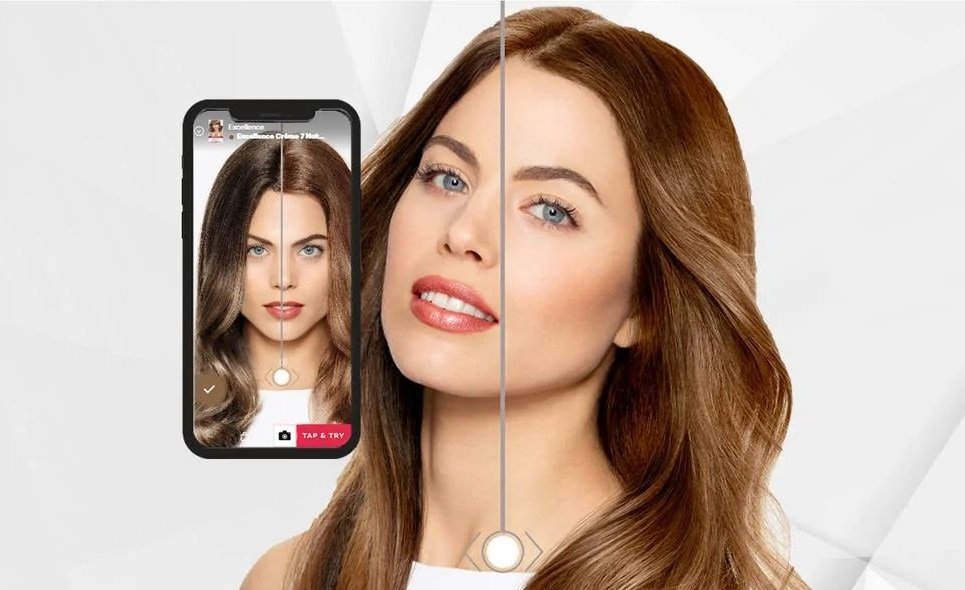The changing face of beauty
The pandemic changed how consumers buy beauty products. But is this change permanent?
Pre-pandemic, beauty shopping had a lower online penetration rate than other retail sectors, due to a range of factors including the desire to ‘try before you buy’. However, while the lockdowns forced consumers to go online, we believe there are several reasons why the physical channel will still play a vital role in how consumers choose to buy their beauty products:
Online develops
A GlobalData survey in the first quarter of 2021 found 55% of UK consumer spend in the beauty sector was conducted online. This coincided with a flurry of acquisitions in the online beauty space, including Sephora acquiring premium online player Feelunique in July this year and The Hut Group snapping up Cult Beauty for £275m in August.
Beauty brands have also been significantly developing their online offer. Charlotte Tilbury created the world's first augmented reality Magic Mirror that enables consumers to try on ten of the brand's famous makeup looks, virtually without the hassle of applying or removing makeup. L'Oréal also created a Virtual Try On function (seen above) with Modiface, where customers can upload a selfie or select the "Tap & Try" tool which allows you to virtually try on new hair, make-up or lip colours.
But despite the improved online offer, many consumers are eager to return to stores and try products on, in person. According to Mintel, in the UK 33% of consumers claimed that when buying their beauty and grooming products online, they ended up buying the wrong shade / colour / type and were unable to return the item once it was opened.
Stores bounce back
Despite the significant advancements in tech equivalents of ‘trying’ products online through augmented-reality or virtual consultation, many consumers discovered it often does not match the experience of trying the products physically.
According to an Opinium Retail Tracker survey, 50% of British consumers would rather buy their beauty/grooming products in store while only 16% mainly shop for them online. In the US, the trend is even stronger amongst Gen Z, with the survey finding 90% preferring to shop in store for beauty products.
Unlike most high street retail, beauty remains a key driver of bricks-and-mortar visits. However, with the demise of a high number of department stores limiting brands' traditional access to the market, there is pressure to find the most appropriate setting to deliver both product and experience. For example, Boohoo are planning to open a standalone Debenhams beauty hall in Manchester which will include a range of big-name beauty brands such as Benefit, Lancome, Ralph Lauren, Yves Saint Laurent and Versace.
Harrods have significantly invested in expanding their beauty offering, launching H beauty at five locations in the UK: Lakeside in Essex, Centre MK in Milton Keynes, Edinburgh, Bristol, and Newcastle. H is a stand-alone beauty concept which brings the Harrods beauty experience to new communities outside London. The investment in the stores has bought together premium luxury beauty brands, services, and treatments all under one roof.
Reinventing beauty
The health of the physical beauty market is shown by the invention displayed by brands and operators across the price spectrum. Flannels has recently launched its first flagship beauty hall concept in Sheffield, aiming to transform the way consumers shop for beauty. Moving away from the traditional beauty halls, the store features beauty changing rooms, interactive, digitally connected private spaces designed to test, trial and play. These changing rooms sit alongside the Flannels Beauty Bar that offers the latest `menu' of trends, products, and exclusive beauty collaborations.
Lush's Liverpool store which is the brand's largest in the world, houses a tea and coffee bar, a hair salon, a spa, a florist, and even a music collection. At the entrance of the Chanel store in New York, they have incorporated several sinks with cleansing products for shoppers to wash their faces and remove their make up before applying and testing out products on their skin.
Brands are also beginning to combine digital experiences into the physical store spaces. In Shanghai, Sephora have opened a concept store which houses a “cloud shelf” allowing consumers to browse and purchase products as well as virtually trying on different make up looks with AR-powered mirrors in store.
Physical retail will continue to play a key role in the journey to purchase: the desire to try something new, to try before you buy and to engage with brands ensure there will always be a requirement for physical stores. However, brands and operators must continue to drive innovation to increase total sales, market share and ensure continued consumer interest and engagement with the sector, particularly in the midst of an increasingly digitally-savvy user base.
Brands that can offer a true omnichannel experience will be the most successful.
Jemima Scott

